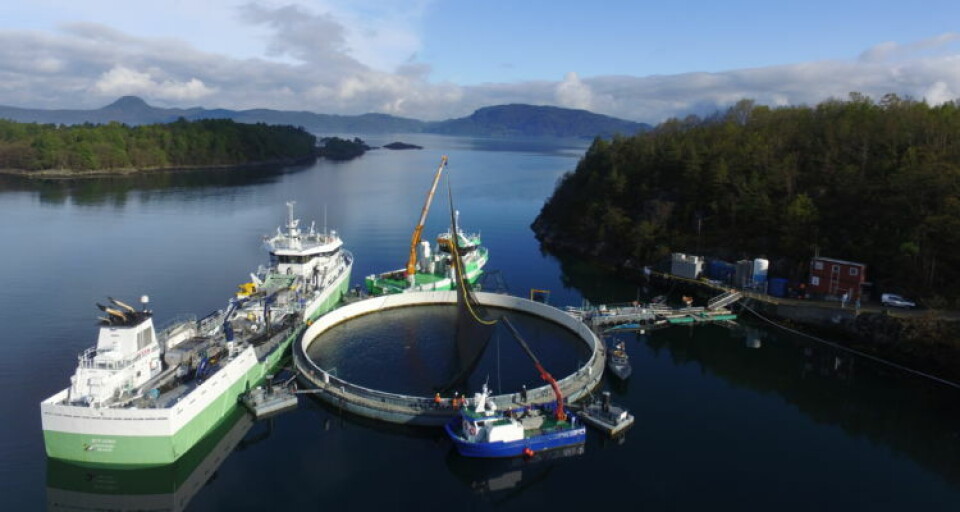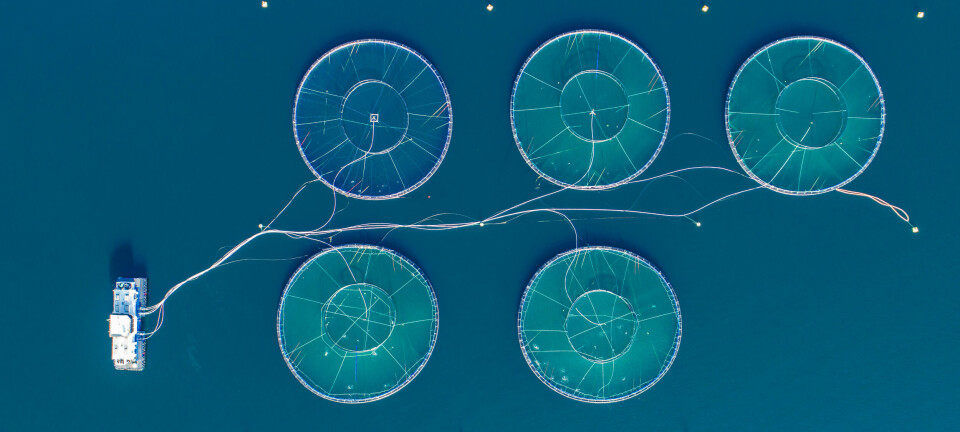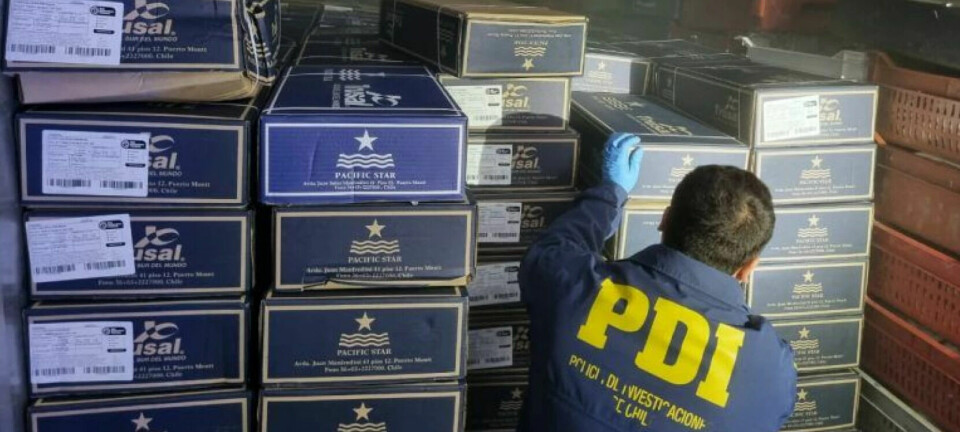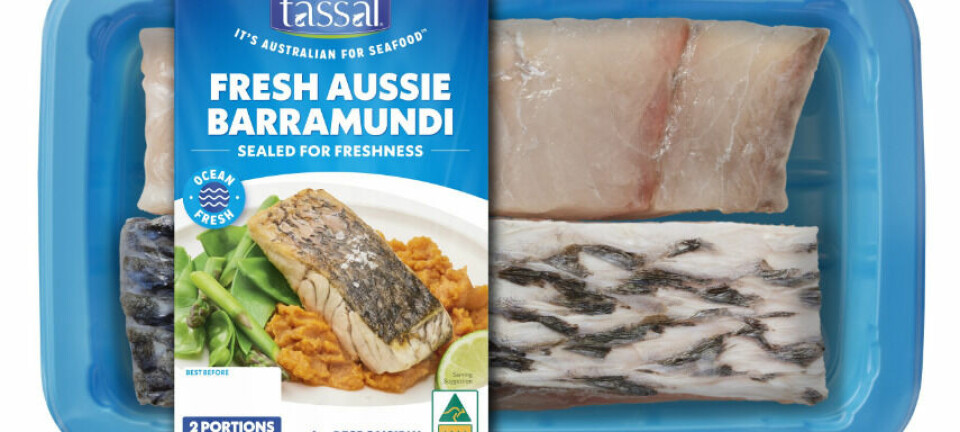
Marine Harvest makes first transfer from giant tank
Marine Harvest has for the first time moved salmon from its Molnes experimental in-sea closed aquaculture facility to a traditional farm.
The fish farm in Etne Municipality in Norway is one of very few closed systems being tested and, at 40 metres in diameter and 23m high, the largest. The tank was stocked with 200,000 fish in the autumn and in six months the salmon have grown from 118 grams to 1.2 kilograms, the company said in a statement.
“The fish have grown very well and we have not experienced challenges with disease or lice,” says operations manager Jan Eirik Jensen. Right on schedule, the salmon have now been moved to a traditional fish farm a few kilometres away, where they will continue to grow for about a year before harvesting.
Good solutions
Marine Harvest tests several types of future technology in farming. The Molnes closed system is supplied by Haugesund AquaFarms Equipment.
“The challenges of lice means that we have to change the way we produce salmon. Marine Harvest now employs substantial resources to find good solutions,” says Ola Helge Hjetland, communications director of Marine Harvest.
Research and trial production has been carried out at Molnes for a few years. A previous attempt experienced challenges that meant the fish could not be moved further.
Sharp improvement
“These challenges were overcome partly by sharp improvement of the structure, a higher edge that prevented sea water pass into it, and several adjustments,” says AquaFarm Equipment manager, Atle Presthaug, who works closely with Marine Harvest's global R & D department on the project.
Marine Harvest has permission to put one million fish in the closed cage, but the company wants to control the development and testing.
“The plan is to put out 400,000 smolts next attempt,” says operations manager Jan Eirik Jensen.
The closed system also helps in combating lice.
Larger smolts are stronger
“When smaller salmon smolts are released into the sea they are more vulnerable to lice and diseases until they grow larger. Through longer production on land and closed facilities such as Molnes we want to produce larger smolts that are stronger when put into the sea. Shortening the time the salmon are in the sea means less spread of lice,” explains Hjetland.
All farms are required to allow an independent company to measure the seabed for contamination under and near the cages. Fisheries yearly statistics show that the state of the seabed in and around nine of 10 Norwegian fish farms is good or very good.
“Figures show that salmon stool is not a problem for the seabed, yet we believe there is an untapped resource. On Molnes waste is collected and re-used by other companies,” says Hjetland.




















































